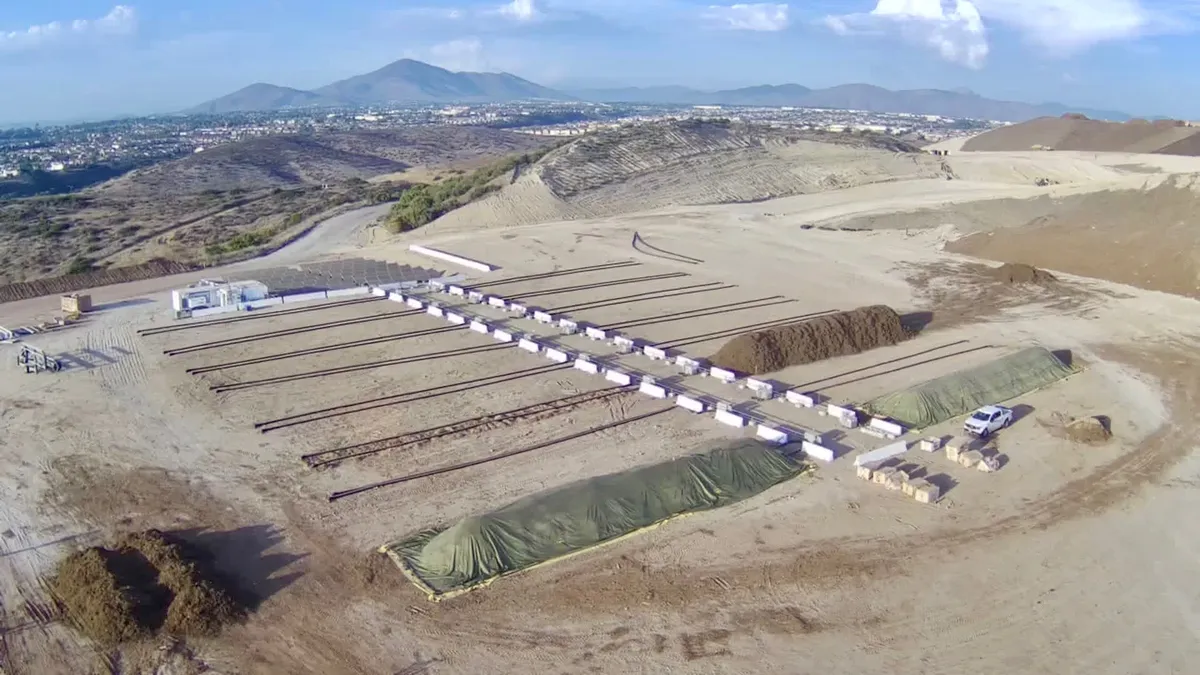Dive Brief:
- The California Energy Commission last week approved a state load shift goal of 7,000 MW by 2030, which is double current levels of demand flexibility and could power up to 7 million homes by the end of the decade without new power plants, according to the agency.
- The goal, which comes from a requirement in state Senate Bill 846, passed last year, includes a series of measures including demand response programs and time-of-use rates that incentivize the use of electricity when it makes the most sense for customers and the grid.
- The goal is “essentially the counterpart to the renewable portfolio standard,” said Cisco DeVries, CEO of OhmConnect. The RPS was “a giant starting gun for utility-scale renewable power… we’ll look back on this as a starting gun for dramatic expansion of flexible demand across the state,” he added.
Dive Insight:
The CEC set the load shift goal, which was developed in consultation with the California Public Utilities Commission and California Independent System Operator, as the state projects the need for around 38,000 MW of new clean energy resources by the end of the decade.
The CEC outlined three categories of load flexibility resources in a report outlining its goal:
• “Load-modifying” demand flexibility resources, like time-of-use rates, that directly impact load forecast;
• Resource planning and procurement load flexibility, like supply-side demand response, that helps with resource adequacy requirements, or reduces the requirements as a credit;
• Incremental and emergency load-flexibility programs, like the state’s emergency load reduction program, that are targeted at extreme events.
The agency also put together policy recommendations for each of these three categories. For instance, the CPUC should instruct utilities to roll out dynamic pricing options for as many customers as they can, and the CEC could look into the possibility of a centralized, competitive demand response marketplace for the state, according to the report. Additionally, the CEC could also look at piloting programs specifically meant for behind-the-meter storage.
Load flexibility plays a critical role in the state’s broader clean energy transition, especially in terms of changing the amount of resource build-out the state needs and how efficiently it is built, CEC Vice Chair Siva Gunda said at the agency meeting. This is especially the case given that California is facing the prospect of electrifying its transportation and building sector and potentially its industrial and agriculture sectors.
“By embracing the load shift goal and demand response, we can maximize the potential of existing resources, definitely reduce the amount of greenhouse gas emissions, and also achieve a more resilient, affordable and reliable system,” he added.
OhmConnect’s DeVries is optimistic about what the goal means for demand flexibility in California, noting that it is similar to the adoption of the renewable portfolio standard that was the catalyzing event for the growth of utility-scale solar in California and many other states.
The next step on the load flexibility front, he said, would be moving from a goal to a legal mandate, adopted by either the appropriate state agencies or by the legislature. The CEC’s goal is the first, and critical, step in getting to such a mandate, he said, “and I suspect we’ll see something like that over the next year or so.”














